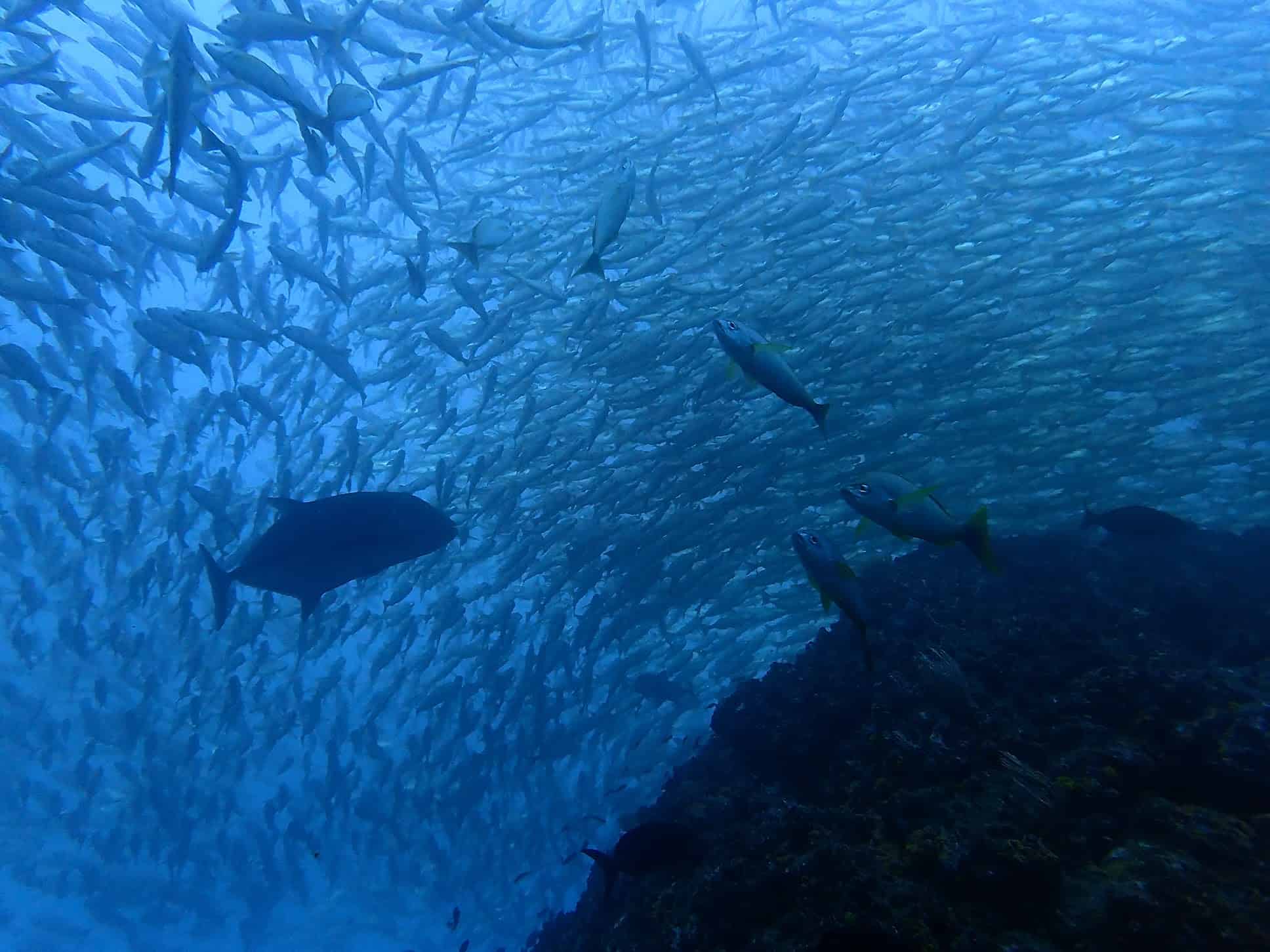In San Jose, artisanal fishers demand action off coast of Corcovado
As fish stocks are diminished, so is the livelihood of artisanal fishers. For years, fishing communities in southern Costa Rica’s Osa Peninsula have had a front row seat to this phenomenon – their catches reducing year on year. Now, after months of local activism, community members took their demands for increased wellbeing and conservation action to the nation’s capital.
This week marks the official launch of the documentary Unidos por el Golfo Dulce. Through local fishers’ testimonies, the film conveys the realities coastal communities face and their pleas for change.
“The waters where we fish are being destroyed by others,” said artisanal fisher Chilo Quintero, who presented at the film’s premiere. “It’s the same situation for all of us throughout the Golfo Dulce. We need action.”
The good news is, Costa Rica has already taken bold steps toward marine protection.
During COP 26, Costa Rica announced the creation of the new transboundary marine corridor and protected area alongside Colombia, Ecuador and Panama. The Eastern Tropical Pacific Marine Corridor (CMAR) will provide protection to marine biodiversity in the deep sea – providing better protection for the swimways between the Galapagos and Cocos Island.
But the question remains, are these deep sea conservation commitments enough to help improve the livelihoods of the local fishers in Costa Rica’s southern Pacific?
“Not all Marine Protected Areas are created equal.” says Dr Andrew Whitworth, Researcher at The University of Glasgow and Executive Director of NGO Osa Conservation. “Deep sea protection is great for biodiversity, but protecting coastal waters is crucial for both wildlife and human welfare.”
Natalia Solis, Marine Director of Osa Conservation emphasises “Coastal protection is a win-win. Not only do we safeguard important marine biodiversity like hammerhead sharks, sea turtles and whales, but at the same time we invest in coastal communities’ wellbeing and food security. It’s an environmental and economic investment for current and future generations.”
“Our scientific understanding that restricted marine reserves can both boost economies and bolster fish stocks is strong, and it can happen quickly with the right actions,” says Dr Whitworth. “Better coastal protections now allow depleted fish stocks to replenish, improving the livelihoods of the fishers we heard from in these films in a matter of years.
More importantly, well-managed marine resources that help to maintain healthy marine ecosystems can provide a long-term investment for their children, the next generations of fishers.” This phenomenon has driven local communities, conservationists, and scientists to push for conservation off the coast of Corcovado National Park.
In 2019, National Geographic Pristine Seas conducted a three-week expedition off the shore of Corcovado in collaboration with the University of Costa Rica and Osa Conservation to document the incredible marine wildlife and push government leaders to “preserve this critical habitat” – and local communities echo that need.
“In 10 years, if it continues as it stands right now … to be honest, we won’t have fish here,” says Edwin Artavia, a fisher from the La Palma Community on the Osa Peninsula in the documentary, screening throughout San Jose this month.
An expansion of Corcovado’s Marine Protected Area would protect 1.8 million maritime ha, including crucial habitat for sharks, rays, turtles, whales, dolphins, and commercial species which enhance the blue economy of the coastal livelihoods.
The restricted MPA would also help artisanal fishers and increase ecotourism opportunities by limiting industrial fishing, allowing fish stocks to rebound and other marine life to thrive.
“What is needed is a strong union among everyone with a vision for the future,” stated the late José Moya from the Artisanal Fishers Association of Golfito, Puntarenitas Island.
The good news is Costa Rica’s leaders are listening.
After winning the Earthshot Prize in October, Costa Rica President Carlos Alvarado Quesada dedicated the funds to marine protection. “Rest assured, our next step will be the Pura Vida Ocean conservation model.”
Author is Lucy Kleiner and is part of the Osa Conservation, Costa Rica. You can follow them on Instagram, Facebook and Twitter.






